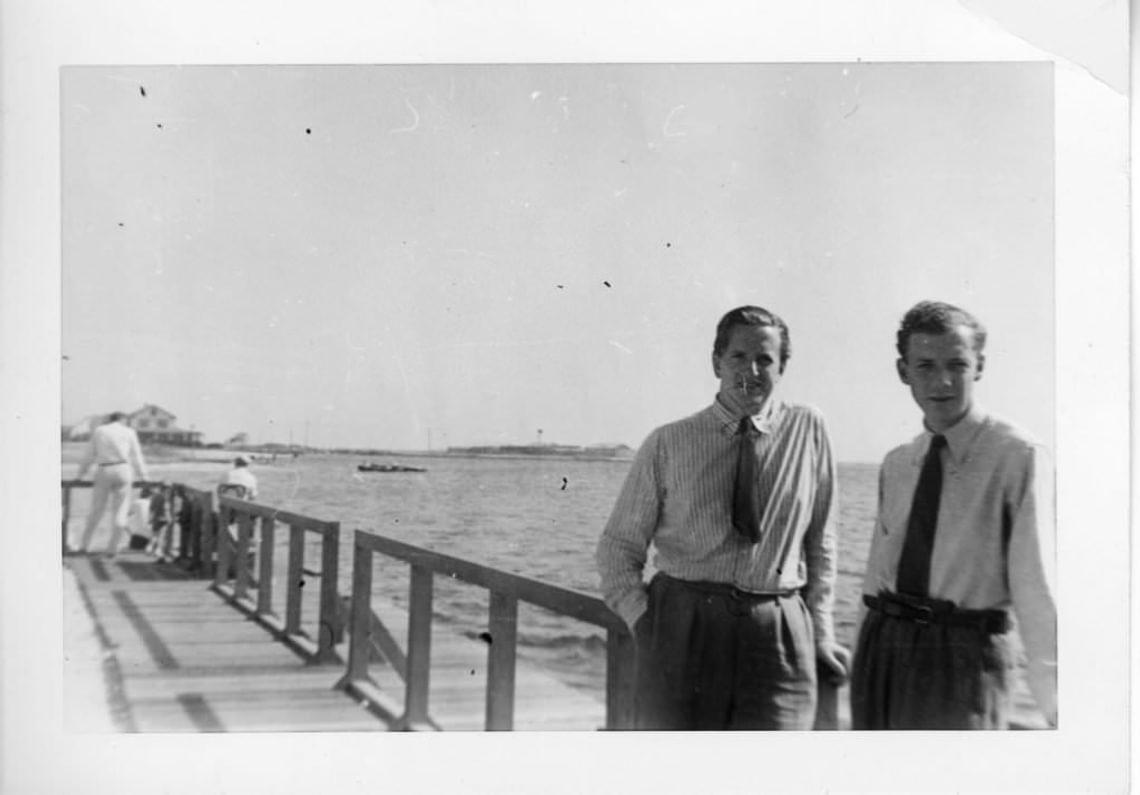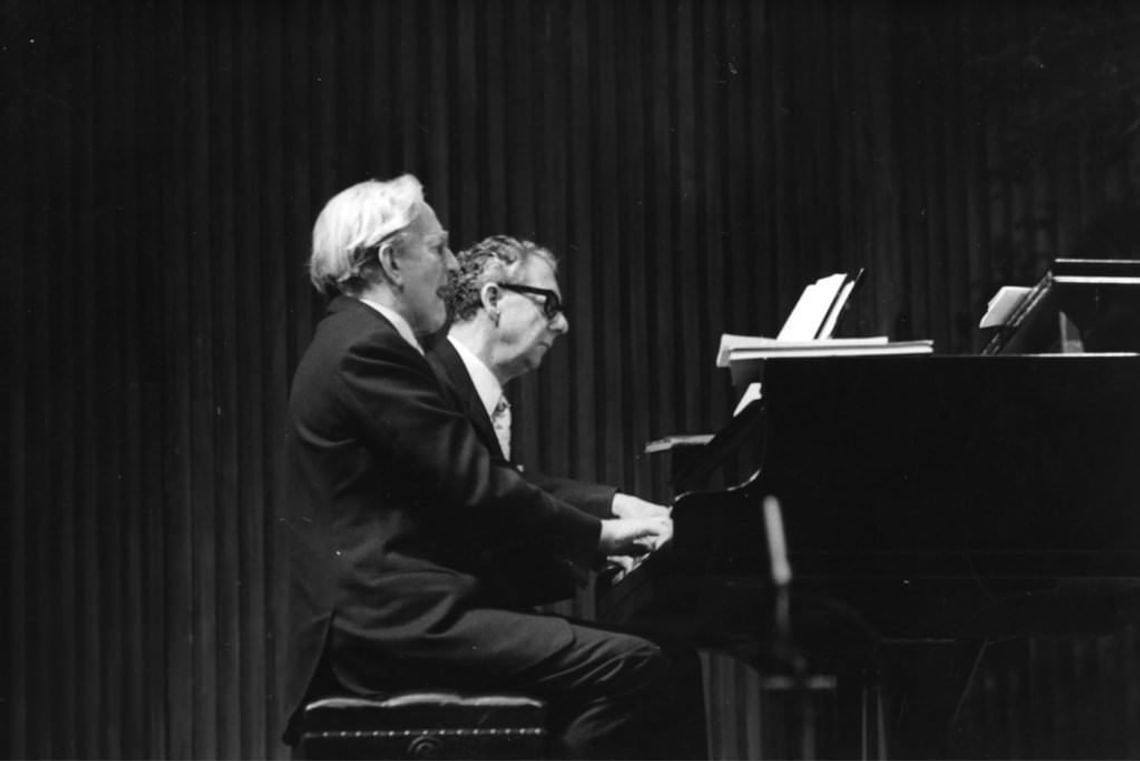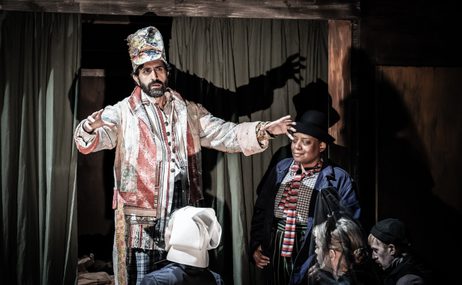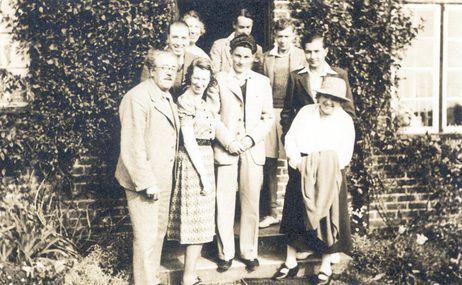Presented by Nicholas Clark
Britten made arrangements of seven folksongs from the British Isles in the early 1940s. War had begun in Europe and he was concerned about the welfare of family and friends in the UK so it is little wonder that he turned his attention to the folk melodies of England, Scotland, Wales and Ireland.

Britten and Pears on Jones Beach, Long Island, USA, c.1940. Photographer: unidentified.
He eventually compiled six volumes of Folk Song Arrangements. The earliest of these contains The Salley Gardens, an Irish Tune with words by WB Yeats (a reconstruction of ‘an old song’, as Yeats described it). The ‘Salley (or willow) Gardens’ of the title is the setting for the singer’s recollection of a lost love. The song is dedicated the Australian-born soprano Clytie Mundy, Pears’ singing teacher during much of his and Britten’s time in the USA. Both men had great respect and affection for her, so it is particularly appropriate that a vocal piece that became a staple of their repertoire, and a firm favourite with audiences, should be dedicated to her (they later named one of their pet dachsunds in honour of her!).

Britten and Pears performing together at Snape Maltings Concert Hall, 12 June 1972. Photographer: Jane Jacomb-Hood.
Lost love is a theme common to the lieder of Schubert and Schumann, which Britten and Pears would eventually specialise in performing, and the influence of both of these composers – their evocation of sadness through simple accompaniment – can be heard in Britten’s piano-writing. The Salley Gardens begins with a brief piano refrain that closes with descending fourths; this is repeated between the song’s two short verses and at the end, settling on a D flat chord. The intimacy and pathos of the lover’s tale makes it the perfect piece for the intimate forces of voice and piano. However, Britten also made an arrangement of the song for high voice and string orchestra, as well as for high voice, bassoon (or solo cello), harp (or piano) and strings. The sorrow of Yeats’ lines is complemented just as beautifully by doleful lower strings and the slowly descending passage (the piano refrain) warmly played on the bassoon. Thus, we have three touching arrangements of a much-loved song.
Watch more

74th Aldeburgh Festival
09 – 25 June 2023
A Song at The Red House: 'Tell me the Truth About Love', by Benjamin Britten
Soprano Elise Caluwaerts performs one of Britten's cabaret songs, with a witty text by WH Auden. Accompanied by Lucy Walker on Britten's Steinway piano…
Work of the Week 24. Violin Concerto
Presented by Roger Wright
